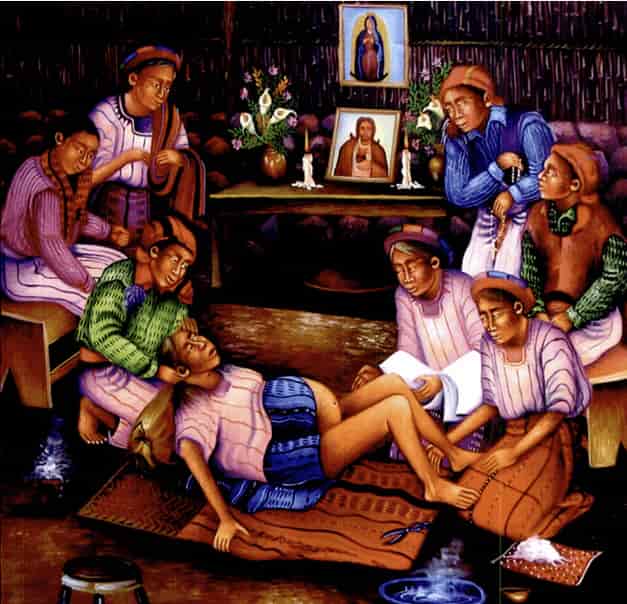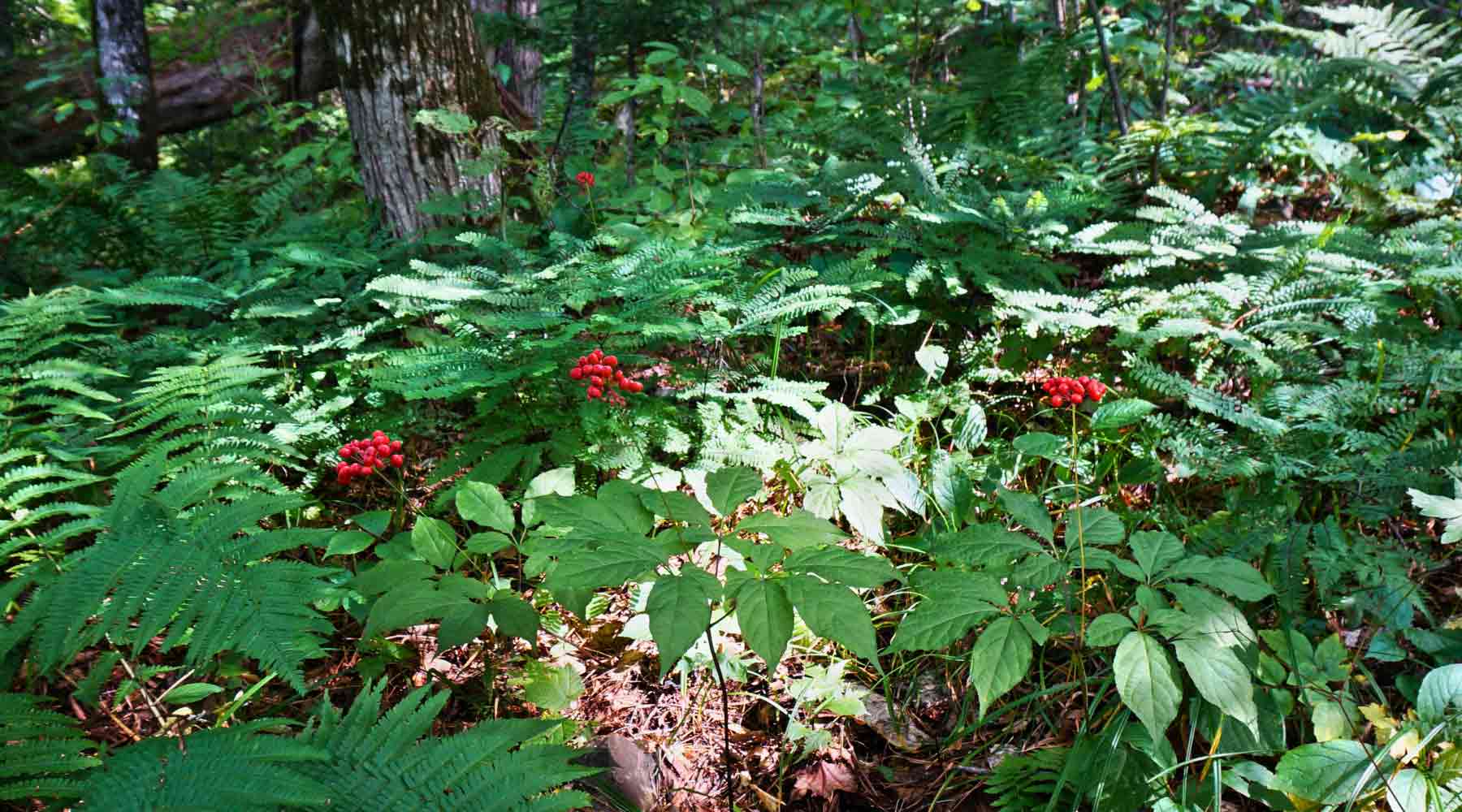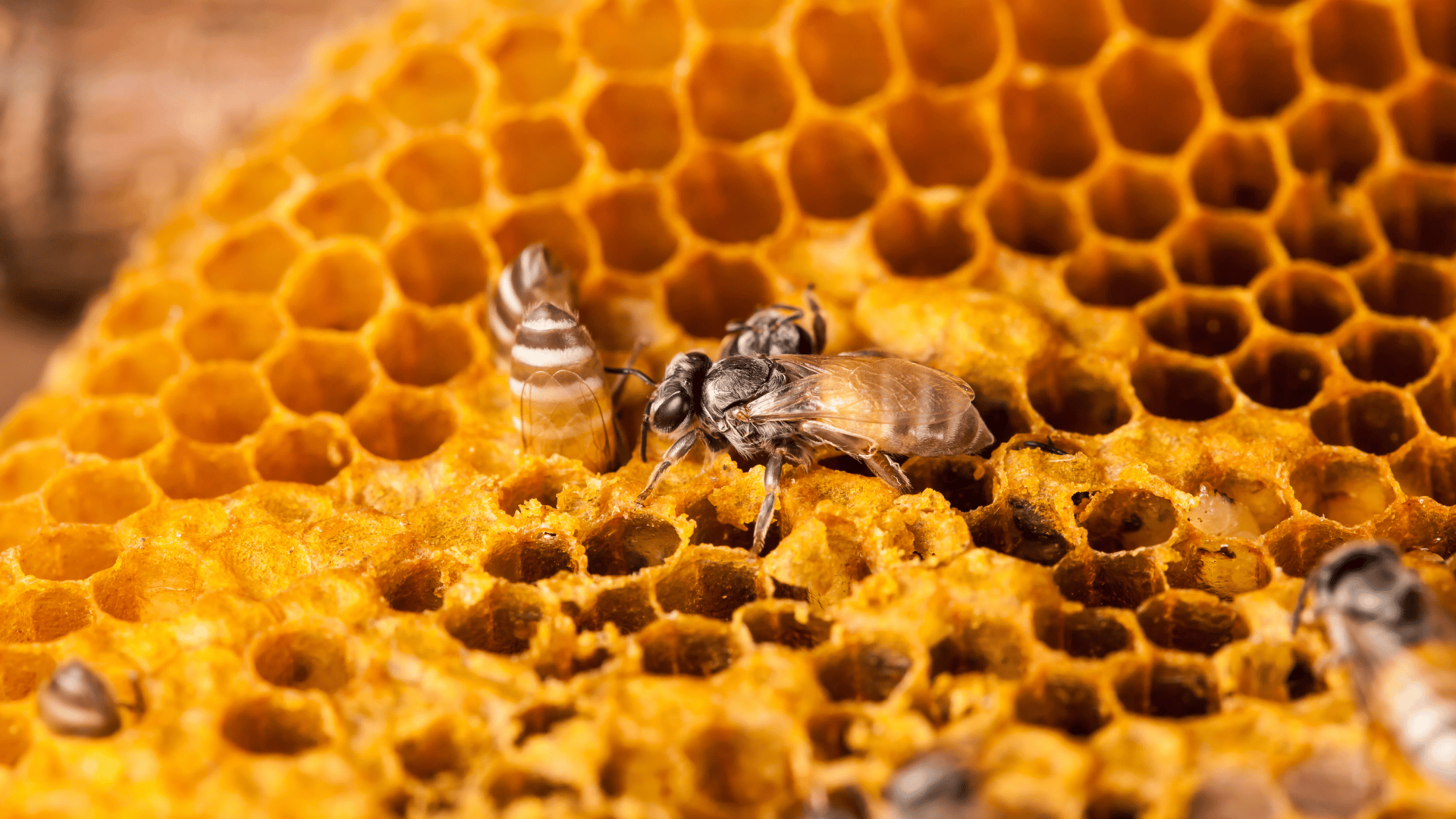
Black Haw Bark Benefits for Women's Health
Written by Rebecca Younger, CH, CDShare
Most women have at least one story about their uterus suddenly turning against them. Cramps have a way of taking over even the best days.
When that happens, I usually give in to a little bed rot and thank my past self for stocking the kitchen with snacks that feel like emotional support in edible form. But along with indulgence, I try to bring in a touch of care. For me, that means long baths, extra naps, endless tea, lots of fruit, and of course, plenty of medicinal herbs.
One herb that has earned a permanent place in my lineup is black haw. It feels like it has something to offer for every stage and every cycle. With a long history in Indigenous traditions and women’s medicine, black haw is still relied on today for easing menstrual cramps, calming uterine spasms, and supporting recovery after childbirth.
Plants have a way of syncing with our bodies, helping restore balance instead of forcing it. Let’s talk about how black haw works with us and why this herb is truly a “girls’ girl.”
What Is Black Haw?
Black haw bark (Viburnum prunifolium) is one of those herbs that women have leaned on for ages. Known for helping with menstrual cramps and uterine cramping, this deciduous shrub in the honeysuckle family carries useful compounds in both its root bark and stem bark.
It grows across southern North America, from Connecticut down to Florida and west into Texas. Black haw is often compared to cramp bark (Viburnum opulus), but it has its own strengths, especially when it comes to being a gentle uterine relaxer. It has also picked up some quirky nicknames over time, like nanny bush, stag bush, and sweet haw.
Spotting Black Haw in the Wild
- Mature stems and branches have dark gray to black bark that splits into little square plates
- Oval leaves with fine edges that turn red in fall
- Flat-topped clusters of small white flowers in late spring
- Blue-black berries by late summer that sometimes last into winter
- A shrub that grows 12 to 15 feet tall and usually has several stems
Something is empowering about being able to recognize medicinal plants in the wild. The best way to really understand a plant is to meet it where it grows, in its own element.
Ancient Wisdom & Traditional Uses
Native American tribes developed a deep understanding of black haw and used it to support women through many reproductive challenges. The bark was prepared to ease uterine cramping, relax smooth muscle, and bring comfort during pregnancy and childbirth. These practices were rooted in more than medicine. They reflected an understanding of the body’s rhythms and its connection to the land.
That same knowledge still guides herbalists today. Black haw bark is considered reliable, steady, and supportive, the kind of herb that feels like it is always on your side.
Why It Works: Key Compounds
- Scopoletin supports relaxation of smooth muscle and calms uterine spasms
- Viburnin eases cramps and keeps the cycle balanced
- Salicin brings comfort and helps with abdominal discomfort
- Tannins tone reproductive tissues and are especially valued after childbirth
- Flavonoids support healthy blood flow and protect reproductive tissues
These compounds do their best work together, which is why both root bark and stem bark remain important parts of herbal products for women’s health.
Postpartum Support
Postpartum recovery can be overwhelming. Your body is healing, hormones are in full transition mode, and emotions can swing from joy to exhaustion in the blink of an eye. Black haw offers gentle support during this time by calming uterine spasms, soothing after-birth cramps, and encouraging healthy circulation as the uterus returns to size. Its calming qualities also create space for much-needed rest, which helps make bonding with your baby feel less stressful and more natural.
What makes black haw unique is that it not only supports the postpartum stage but also helps nurture long-term reproductive wellness. By promoting a healthy cycle, it gently bridges the gap between recovery and fertility, giving the body a smoother path back to balance.
Herbal Synergy: Black Haw’s Perfect Pairings
- Wild yam also calms uterine cramping
- Cramp bark supports the relaxation of smooth muscle
- Motherwort supports emotional balance postpartum
- Red raspberry leaf supports healthy uterine tissue and balanced hormones
- Cotton root bark rounds out full-spectrum reproductive support
These pairings carry forward the practice of blending medicinal herbs to support the body from multiple angles.
 WishGarden Formulas Featuring Black Haw
WishGarden Formulas Featuring Black Haw
We take sourcing seriously. Our black haw is gathered by Daniel, a forest farmer who is certified FairWild. This certification ensures that plants are harvested sustainably, with respect for ecosystems and the people who care for them. Supporting FairWild sourcing not only protects wild populations of medicinal plants for future generations but also helps ensure fair pay and ethical treatment of harvesters.
Formulas Featuring Black Haw
- AfterEase: One of our best sellers, this formula eases after-birth cramping and supports a more comfortable postpartum recovery. Black haw bark works alongside complementary herbs to calm uterine spasms and bring gentle relief.
- ReBalance: Supports women after pregnancy or hormonal shifts by helping the body return to its natural rhythms and encouraging reproductive balance.
- Cramp Release: A fast-acting blend that combines black haw bark with cramp bark to relax smooth muscle and relieve menstrual cramps and abdominal pain.
- Cycle Harmony: A daily tonic designed to support long-term menstrual wellness by smoothing cyclical ups and downs and promoting healthy blood flow.
- Cycle Vitality 2: Created for women seeking energy and resilience throughout their cycles, this blend nourishes the body while supporting hormones and mood.
- Fertility Prep: Combines black haw bark with other traditional reproductive herbs to support uterine health and help prepare the body for pregnancy.
Safety and Precautions
- If you have a history of kidney stones, black haw may not be the best fit because it contains oxalic acid that can increase stone formation
- During pregnancy, always consult a qualified healthcare practitioner before using black haw
- It may interact with certain medications, including blood thinners
- Quality control is important, so choose herbal products from brands that are transparent about sourcing and testing
FAQ
What are the main black haw bark benefits?
Black haw bark (Viburnum prunifolium) is traditionally used to ease menstrual cramps, calm uterine cramping, and support postpartum recovery. The root bark and stem bark both contain compounds that act as gentle uterine antispasmodics, helping relax smooth muscle. Black haw also provides mild sedative effects and supports healthy blood flow to reproductive tissues, making it a trusted herb for women’s reproductive wellness across different life stages.
Is black haw the same as cramp bark?
Black haw (Viburnum prunifolium) and cramp bark (Viburnum opulus) are related medicinal plants, but are not the same. Both offer uterine support, but black haw is native to southern North America and is more commonly used for postpartum care. Cramp bark, on the other hand, is often chosen for broader muscle relaxation throughout the body. Herbalists may use them interchangeably in some cases, but each plant has unique properties.
Can you eat black haw berries?
Yes, fully ripe black haw berries are edible and have been traditionally eaten as food. However, the bark contains the primary therapeutic compounds. For healthful benefits, black haw is usually prepared as a tea, decoction, or liquid extract rather than consumed as berries. Always confirm proper plant identification before eating any wild fruit.
Is black haw bark safe during pregnancy?
Black haw has a history of traditional use in pregnancy. However, modern herbal references advise working with a qualified healthcare practitioner before use. While it may provide supportive benefits, it is not considered universally safe, and professional guidance is essential during pregnancy.
Does black haw bark cause kidney stones?
Black haw contains oxalic acid, which may increase stone formation in individuals with a history of kidney stones. If you have a personal history of kidney stones or are prone to stone formation, it may be best to avoid black haw or consult a healthcare professional before use.
Getting Started
Black haw bark can be a supportive herbal ally for everything from monthly cramps to postpartum recovery. It is best to work with a qualified healthcare practitioner to see how it fits into your wellness plan, especially if you are pregnant, breastfeeding, or have a history of kidney stones.
When buying herbal products, look for clear sourcing and strong quality control. And if you want to experience the benefits of synergy, try blends that pair black haw with herbs like wild yam or cramp bark. It is an easy way to see how medicinal plants can support women’s health through every season of life!
Rebecca Younger is passionate about herbs and women's health. She aspires to plant seeds of inspiration within her community about plant medicine and healthier ways of life. She studied Herbal Medicine at Herbalism Roots in Denver and is a certified Doula through the Matrona Foundation. She is the Brand Communications Specialist at WishGarden Herbs.
For educational purposes only. This information has not been evaluated by the Food and Drug Administration. This information is not intended to diagnose, treat, cure, or prevent any disease, or to sell any product.

















